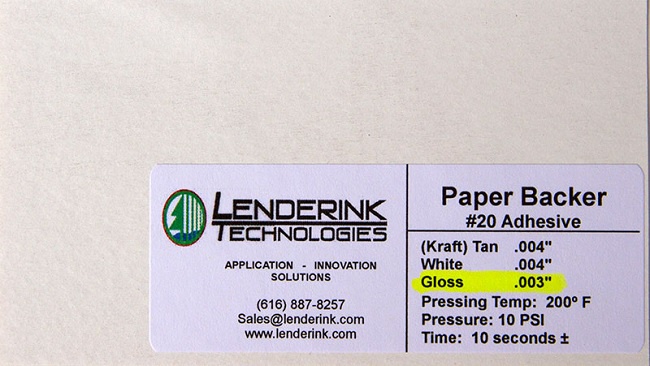Historically, while tiling a floor or a wall, you would cover the area with plywood or plasterboard sheets. While these materials provide a level surface for tiling, they have several drawbacks, including water damage and temperature variations. Unlike standard overpowering materials, tile backer boards have several advantages. First, they are particularly designed for tiling projects. They can go on walls and floors, providing a level, sturdy, and sufficiently hard platform for tiling. Here's the ultimate guide to having backer sheets in tiling and flooring.
The advantages of employing backer sheets in tiling and flooring projects
Backer sheets, also known as underlayment, are thin sheets of material laid beneath tile or flooring to give a smooth, level surface and to prevent cracks and movement. The following are some advantages of employing backer sheets in your tiling and flooring projects:
- Backer sheets safeguard your floors by adding an extra layer of protection, making them more robust and long-lasting. This is especially crucial in congested places.
- Backer sheets often contain moisture-resistant materials such as cement boards or fiber-cement boards. As a result, they are an excellent solution for bathrooms, kitchens, and other spaces where moisture is an issue.
- Backer sheets prevent cracks in tile or flooring by creating a firm, level surface. This is particularly critical if the subfloor is uneven or prone to shifting.
- Backer sheets may also give an extra layer of insulation to your flooring, assisting in keeping your home warmer in the winter and cooler in the summer.
How to utilize backer sheets in tiling and flooring projects
Step one: Prepare the subfloor
Make sure it's clean, level, and free of debris. Remove any old adhesive, staples, or nails. Fix any subfloor cracks or holes.
Step two: Measure and cut the backer sheets
Using a utility knife or saw, measure the area where the backer sheets will go and cut the sheets to fit. Provide a 1/8 inch space between sheets to allow for expansion.
Step three: Lay the backer sheets.
Begin at one end and work across the subfloor by laying the backer sheets. Spread the sheets out so that the seams don't line up. Screw the sheets into place using a screw gun, fastening them every 6 inches along the seams and every 8 inches in the field.
Step four: Tape the seams
Once all of the sheets are in place, cover the seams with fiberglass mesh tape. Next, smooth out a layer of thin-set mortar over the tape using a trowel.
Step five: Let the thin-set mortar dry before proceeding.
Let it sit for at least 24 hours for the thin-set mortar to cure before installing the tile or flooring.
Step six: Install the tile or flooring.
Once you lay the backer sheets and the thin-set mortar has dried, you may begin placing the tile or flooring. First, apply thin-set mortar to the backer sheets using a notched trowel, then lay the tile or flooring in the appropriate pattern.
Backer sheets may be particularly useful for tiling and flooring projects since they offer a variety of benefits, as stated above. In addition, while installation may require effort, it is typically simple and uncomplicated.


No comments yet